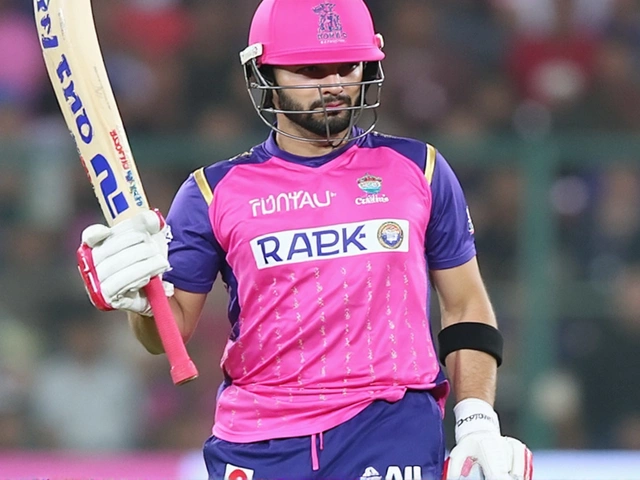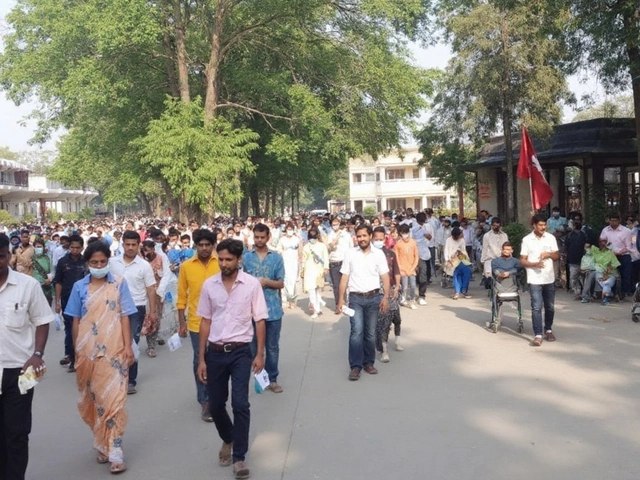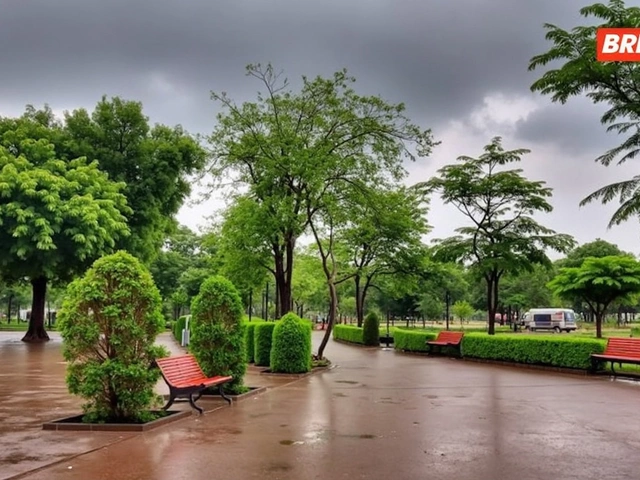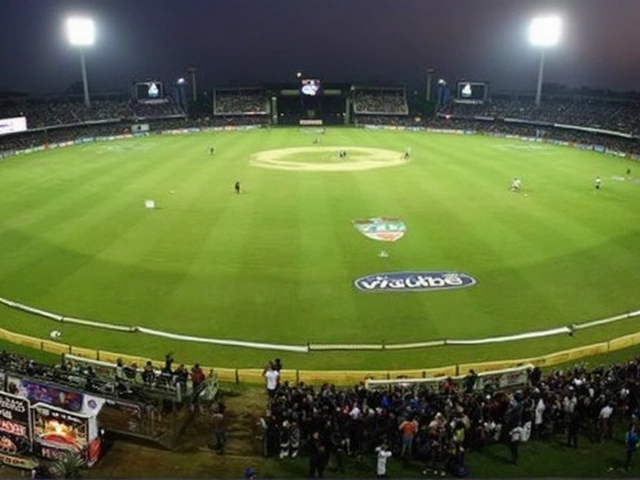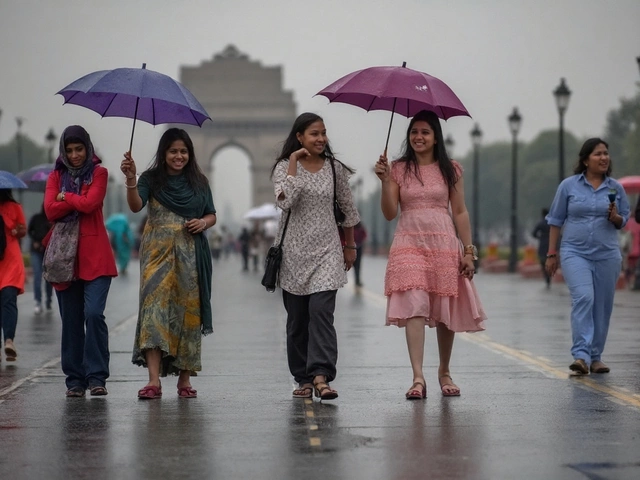Early Monsoon Arrival Stuns Mumbai in 2025
Forget your usual June umbrella scramble—this year, the Mumbai monsoon has crashed the party almost two weeks early. According to the India Meteorological Department (IMD), the city could see the southwest monsoon kick in between May 27 and 29. That's a major break from the familiar June 10 timeline, upending both local routines and larger weather patterns.
So, what’s fueling this dramatic shift? For starters, the notorious El Niño—a warming of the Pacific that has messed up monsoons in the past—is finally losing steam. That alone would be headline-worthy, but there’s also the Madden-Julian Oscillation (MJO) flexing its muscles in Phase 4, amplifying rain clouds over the region. Then you have a robust cross-equatorial moisture surge, plus a brewing low-pressure system over the Arabian Sea. All these ingredients have cooked up a recipe for fast-tracked monsoon winds sweeping over Mumbai with gusto.
May 2025: Breaking a 107-Year Rainfall Record
If you thought May rains in Mumbai were a quick drizzle to cool things off, think again. By the numbers, the city is breaking century-old records. In Colaba, the rain tally soared to 295 mm, smashing the previous peak of 279.4 mm set way back in 1918. Santacruz also clocked in with 197 mm—its highest since 2021. Streets quickly turned to streams, as authorities slapped orange alerts on the city and flash waterlogging made drivers wish they owned a boat.
Digging into the history books, monsoon arrival in Mumbai doesn’t usually run on a clock. It can swing wildly—think June 12 in 2015, June 8 in 2016, a lateness champion with June 25 in 2019, and back to an early June 6 in 2024. But this year? It’s off the charts, thanks to the intense atmospheric cocktail swirling in from the Arabian Sea.
The IMD isn’t just predicting rain early—they’re expecting a lot of it. Their seasonal forecast says Central and South Peninsular India could see rainfall above 106% of the long period average (LPA), while Northeast India might go drier than usual. Mumbai’s lush green lung—the Monsoon Core Zone, where much of the country’s crops depend on rain—should get a healthy soaking, which is both good news and a logistical headache for farmers hoping for just the right amount.
Why does this matter? For one, it means city officials must get drainage and flood systems prepped even earlier. For another, the agricultural sector is forced to rethink planting schedules and crop protection. When rain timelines go haywire, everything from water storage to urban traffic feels the ripple effects.
As May 2025 wraps up, Mumbai finds itself as ground zero for big weather surprises—a city trapped between old rain records and new climate realities, all unfolding weeks before most Mumbaikars were ready.




